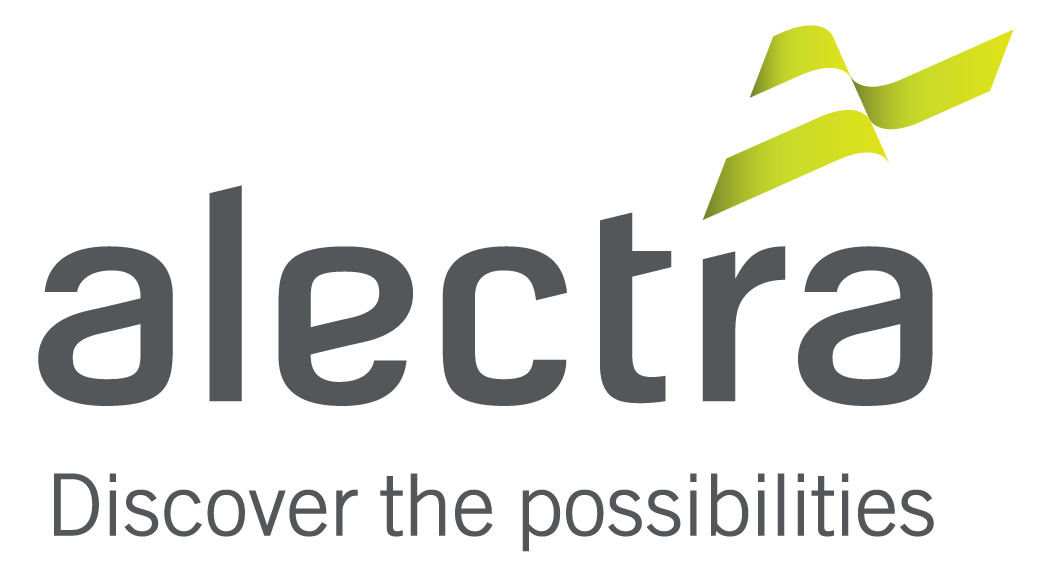Making an Informed Buying Decision
Shopping for a new car can feel a bit overwhelming, no matter the type. But when it comes to electric vehicles (EVs), being well-prepared and having a good grasp of how EV technology works can make the process smoother and more straightforward.
Before making the switch to an EV, it is essential to assess factors such as driving range, charging infrastructure availability, and the suitability of your lifestyle. With advancements in EV technology and an expanding charging network, the transition to electric vehicles is becoming increasingly accessible and appealing for consumers seeking a sustainable and efficient mode of transportation.

 Buying an EV
Buying an EV
Select and research before you buy
Use online tools: Explore the available EV options the tools mentioned below. These tools personalize the EV buying process by showing you which vehicles will suit your lifestyle based on size, type, range and cost of ownership. Some tools also can provide greenhouse gas (GHG) emissions reduction insights that are based on regional electricity pricing, gasoline pricing, and electricity generation.
Considering a switch to electric? Use the EV Calculator to explore potential cost savings and compare models based on your driving habits.
Find a dealership: Locate a dealership in your area for your chosen manufacturer with an EV specialist on the sales team who can properly advise you. You can see the updated list of the EVs available in the Canadian market using the tool below.
Consider payment options and available incentives
- Mode of payment: A good idea is to start by deciding how much you want to pay for your EV, and how you will be paying for it. Will you be buying in cash, leasing, or financing?
- Calculate ownership costs: In calculating your affordability, remember to include the vehicle costs but also the insurance, registration, and maintenance costs. With an EV, you are likely to pay much less for maintenance (and fuel for PHEV) than for an equivalent gasoline/diesel powered vehicle, which will lower your overall operating costs and improve your buying power.
- Look for incentives: While EVs often have a higher purchase price than similar fossil-fuel powered vehicles, the sticker price tells you only so much. In Canada, there are incentives for buying both new electric vehicles.
- Check with your company Human Resource team: Some employers offer EV benefits (workplace charging, special pricing or discounts from preferred vendors) for making a switch to electric.
Important Update
Canada’s ZEV Council and Transport Canada have announced that the federal Zero-Emission Vehicle (iZEV) incentive program has been paused as of January 12, 2025, due to full allocation of funds.
For more information about this change, please visit the Government of Canada – Incentives for Zero-Emission Vehicles (iZEV) page.
 Insuring an EV
Insuring an EV
- Insurance for an EV is calculated for the same way it is for fossil fuel-powered vehicles. This depends on the claims history for your particular model, along with your claims status, age, gender, postal code, vehicle usage and safety features.
- The location of your battery can also be a factor since some batteries are better protected than others Your insurance should be comparable to an equivalent fossil-fuel powered vehicle, though some insurance providers offer discount rates on EVs.
 Maintaining an EV
Maintaining an EV
- Since EVs are powered by motors and a battery, they have fewer moving mechanical parts that require expensive maintenance. Although EVs will still require care and attention, traditional maintenance cost are less than internal combustion engines.
- Although EVs will still require care and attention, traditional maintenance costs are dramatically less than internal combustion engines.
Try before you buy: Book a test drive and learn about electric cars at the Plug’n Drive’s Electric Vehicle Discovery Centre in a sales-free, no-pressure environment.

Buying a Charger
- You can explore offers and competitive pricing on home chargers at the Plug’n Drive Charging Station Store. Many car dealerships also offer discounts or branded chargers when you purchase an EV—be sure to ask your local dealer for details.
- If you are planning to install a home charger, refer to this helpful resource to get started: Charging Ahead: A Homeowner’s Guide to Installing a Level 2 EV Charger
Title
Related Content
Have questions? Email us at EV@alectrautilities.com
